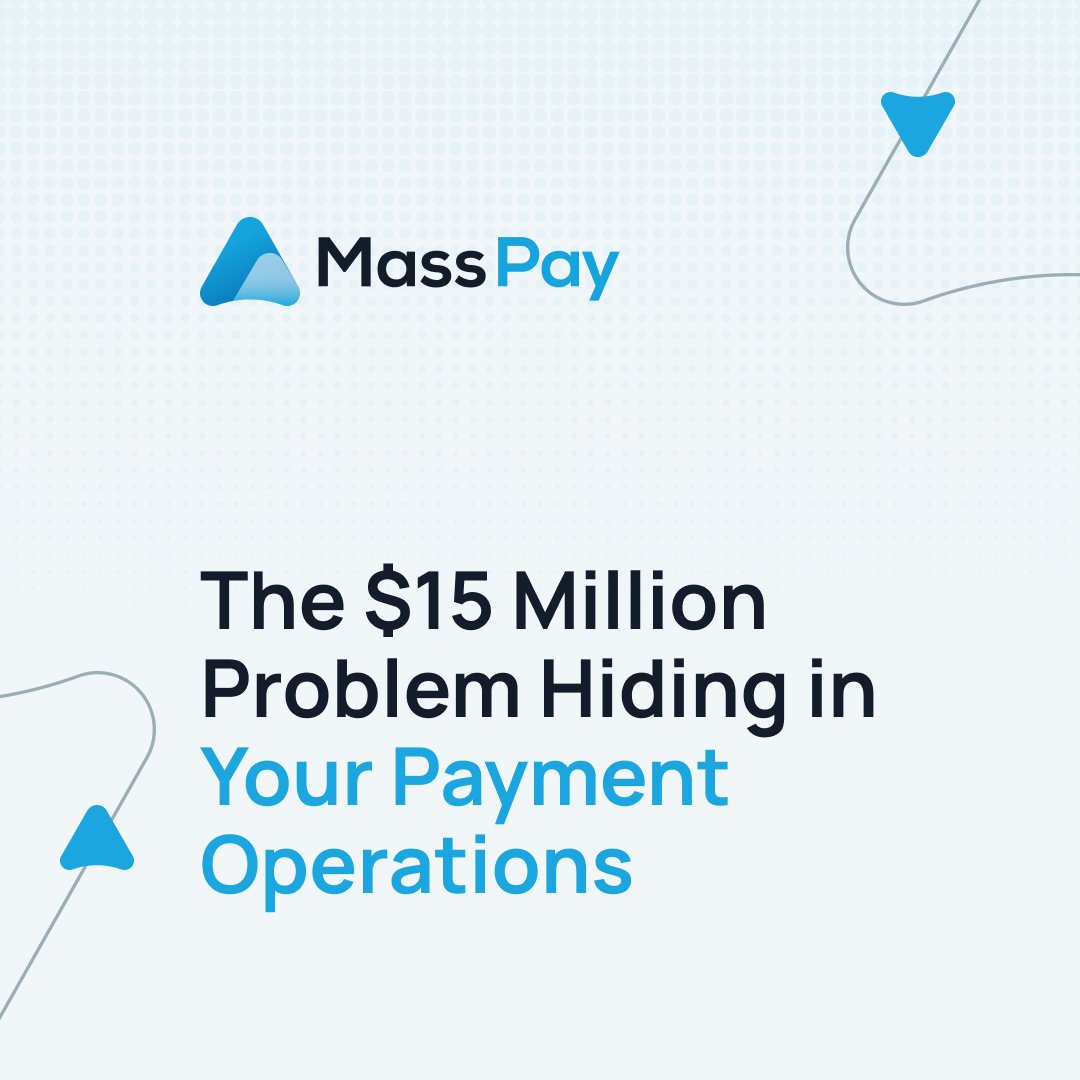Your treasury team processes millions in international payments every month. The wire fees are budgeted. The FX costs are expected. But have you calculated the real cost?
Here's What Many CFOs Miss
While you're singularly focused on transaction fees, your working capital is bleeding out through settlement delays. Every international payment ties up cash for 3-5 days. Every nostro account requires pre-funding. Every correspondent banking relationship adds operational overhead.
The Math Is Brutal
Take a $500 million revenue company, for instance. Such an organization can typically lose $8-15 million annually to payment inefficiencies alone. That's not a line item on your P&L. It's opportunity cost that flows straight to your bottom line.
Consider the Cascade Effect
- Delayed supplier payments strain relationships and negotiating power
- Weekend settlement gaps create working capital shortfalls
- Multi-hop correspondent banking adds failure points and delays
- Manual reconciliation processes consume finance team resources
The Strategic Question
If you could eliminate 80% of these costs while accelerating settlement from days to minutes, what would that mean for your competitive positioning?
Most treasury leaders assume these inefficiencies are simply the cost of doing business globally. They're not.
The technology to solve this exists today. The question is whether your organization will be among the first to capture the advantage, or among the last to adapt to the new reality.
What's the Alternative? The Answer Might Surprise You.
To learn more, check out our latest Insights White Paper, “Beyond Traditional Payments: How Stablecoins are Transforming Enterprise Payment Ops for the Digital Economy”.

